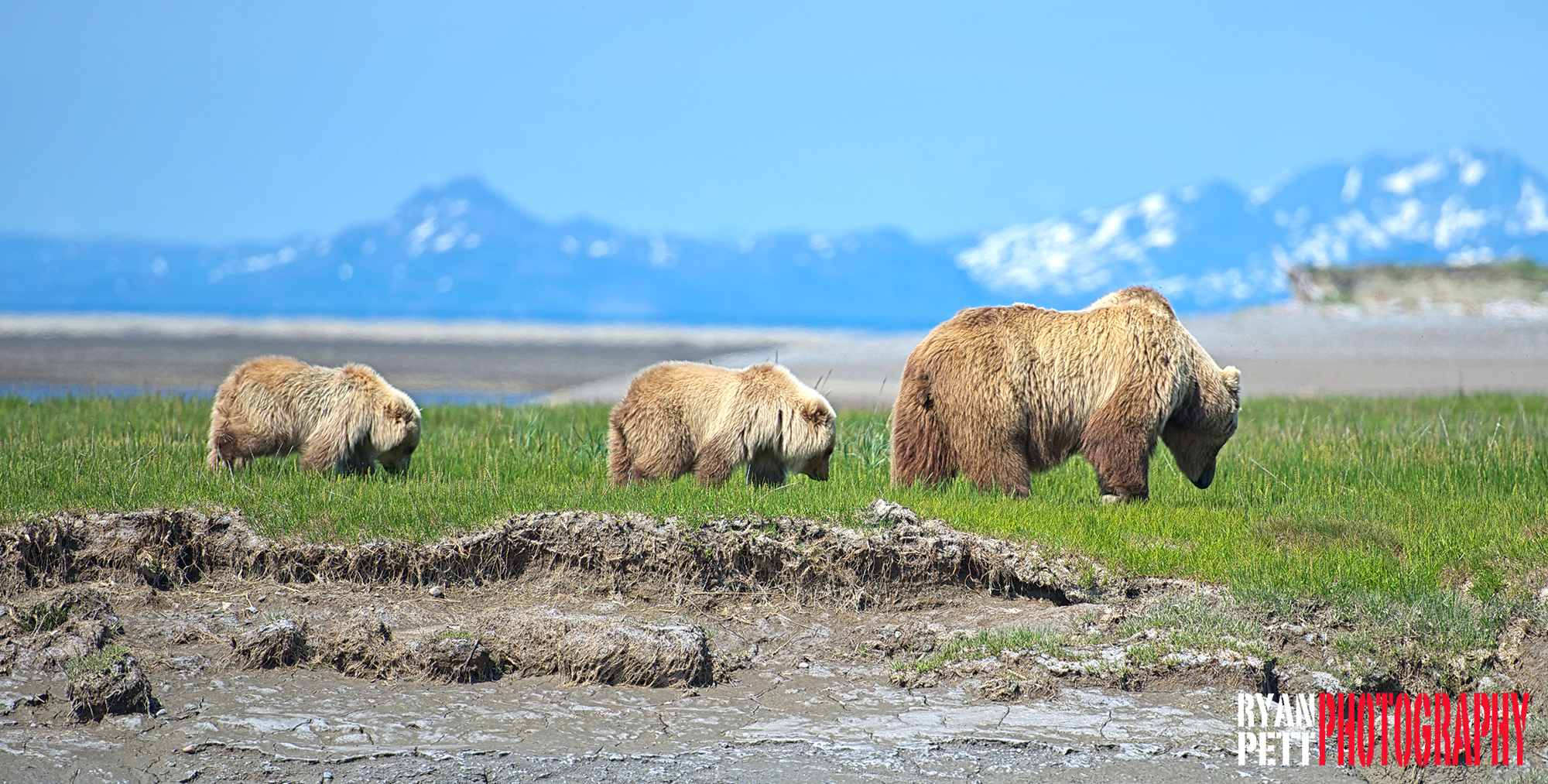Public Lands Potluck: Who’s Bringing What to the Table for Conservation?
Across the United States, we share a 640-million-acre table. Everyone at the table contributes in their own way. However, when it comes to who brings what to the meal, not all dishes are created equal. The modern conservation funding system was built by an unlikely mix of hunters, anglers, industry, and recreationists, all contributing to what might be called the great public lands potluck.
JOIN THE WILDERNESS GOODS COMMUNITY...
Welcome to the Potluck
In a true potluck, each guest shows up with something that reflects their role and capacity. Some cook the main course, others bring a side, and someone always arrives late and empty handed. Our public lands funding system works the same way. In the U.S., conservation funding doesn't come from a single source. It's a mix of federal excise taxes, royalties, and recreation fees. Yet the proportions of who pays—and who benefits—aren't evenly distributed. Three main groups keep the tradition alive: Recreational Consumers, Industrial Consumers, and Recreational Visitors.

The Main Course: Recreational Consumers
Hunters and anglers are the traditional hosts of America's conservation feast. The Recreational Consumers of the meal. Through the Pittman–Robertson Act of 1937 and the Dingell–Johnson Act of 1950, excise taxes on firearms, ammunition, archery gear, and fishing tackle are allocated to wildlife restoration and fisheries management. The U.S. Fish and Wildlife Service channels this revenue back to states, funding a range of initiatives, including habitat restoration and wildlife conservation. In 2023 alone, these programs generated roughly $1.6 billion that flow back to state management agencies.
These dollars have built the backbone of American conservation: wildlife management areas, boat ramps, and restoration projects that benefit everyone. It isn't a sustainable system though. The number of licensed hunters has declined by nearly 30% since the 1980s, while the costs of conservation have soared. The main course that once fed everyone is becoming more challenging to prepare.

The Side Dishes: Industrial Consumers
Then there are the Industrial Consumers—the extractive industries that pull oil, gas, timber, and minerals from public lands. They bring the side dishes, but some of these guests tend to get a little obnoxious, don't clean up after themselves, and end up overstaying their welcome. Oil and gas royalties, timber sales, and mining fees collectively generate billions of dollars annually for federal and state budgets. According to the Department of the Interior, federal onshore and offshore energy revenues contributed over $20 billion in 2023. However, less than 10% of that amount was allocated back into conservation or land management agencies. The rest is distributed across the federal government's general fund.
Industrial Consumers may bring the deviled eggs, but not everyone likes deviled eggs. These Industrial Consumers of resources support local economies and, quite literally, power the nation. Yet, their footprint—fragmented habitats, pollution, and carbon emissions—can overwhelm the very lands these revenues are meant to support.
JOIN THE WILDERNESS GOODS COMMUNITY...
The Condiments: Recreational Visitors
Finally, we have the Recreational Visitors: hikers, birders, bikers, campers, climbers, LARPers—the millions who use public lands without necessarily consuming them. They are the condiment table: small in direct financial contribution, but the meal would be incomplete without them.
The vast majority of Bureau of Land Management (BLM) and U.S. Forest Service (USFS) land is free to access. National Park entrance fees cover only a fraction of federal land operating and maintenance costs. What they lack in terms of direct dollars, their volunteer efforts are invaluable. Recreational Visitors might only show up with the ketchup, but they drove 20 minutes out of their way to pick up grandma for the potluck.

Passing the Plate
So who really pays for public lands? The answer is both everyone and not enough of anyone. It's worth noting, there is considerable overlap in user groups. Hikers can be anglers. Oil workers can be birders. LARPers, however, cannot be hunters due to state hunting regulations restricting the use of swords and wands.
Hunters and anglers continue to bear a disproportionate share of the financial burden though, while extractive industries contribute far more money to other federal priorities than is returned to conservation efforts. Recreational users, who now make up the largest group of public lands visitors, contribute the least in direct dollars. The imbalance is structural, though, not moral.
Conservation funding reflects the era in which it was established—mid-20th-century America, when extraction and harvest were central to national identity and the economy. But today, our relationship with nature has changed. Hiking boots have replaced logging boots. Smartphones outnumber rifles. Yet our funding system still depends on bullets and barrels.
A Toast and an Offer to Host
If we want the tradition to continue, we may need to rebalance the menu. Expanding excise taxes to include outdoor gear, or establishing a modest recreation pass that directly funds habitat restoration, could help balance the load. Some states are experimenting with voluntary conservation stamps for hikers and bikers—small steps toward a more equitable table.
But perhaps the most essential ingredient is cooperation (and salt). Public lands thrive when everyone feels a sense of ownership and obligation. Whether you come for the hunt, the hike, or the view, you're part of the same meal.
So here's to the main courses, the sides, and the condiments. The table is set. Let's make sure we all bring something worth sharing... but maybe next time, we can figure out a way to avoid inviting the obnoxious cousins.


